Home>Maintenance & Safety>Pest Control Solutions>Do Yellow Jackets Release Pheromones When Killed
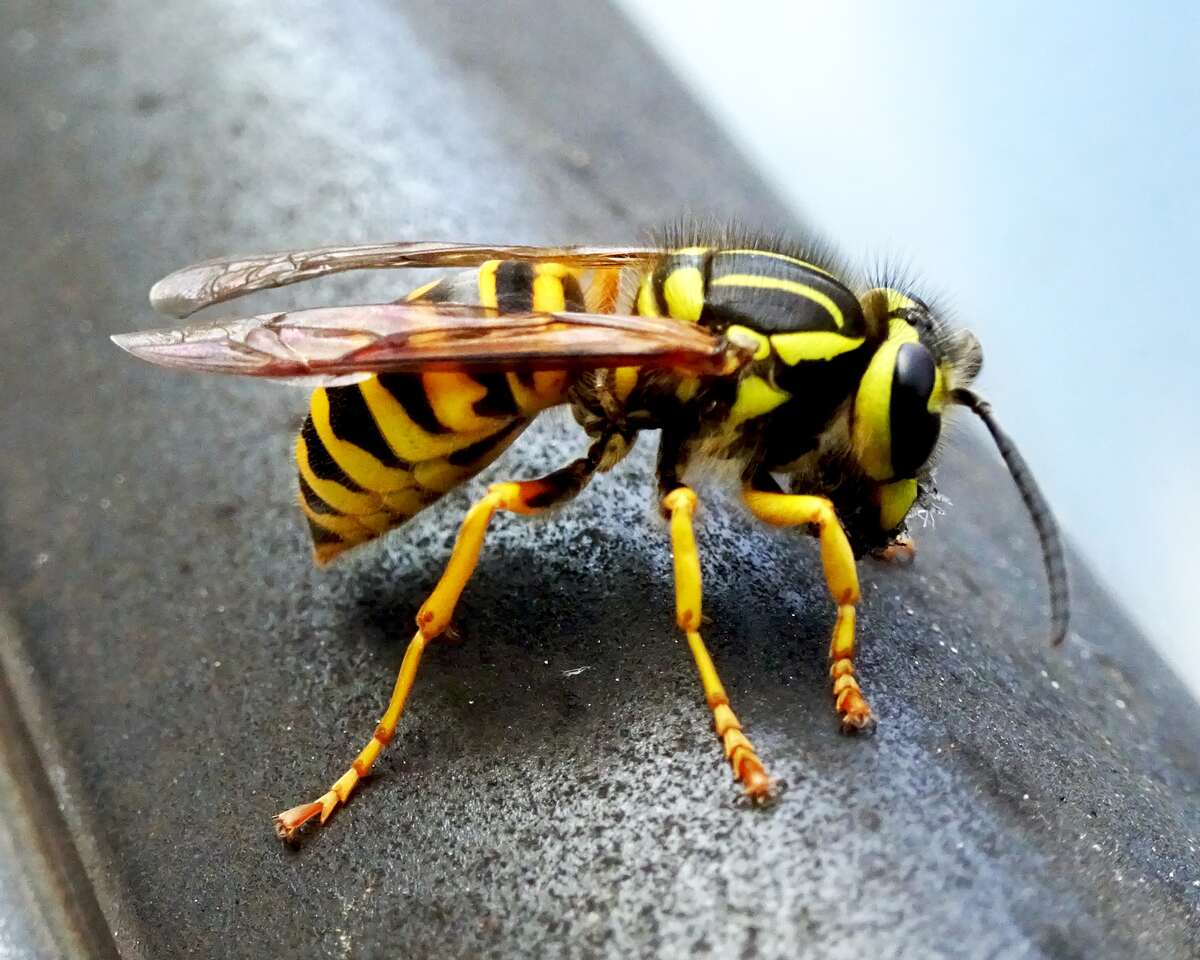

Pest Control Solutions
Do Yellow Jackets Release Pheromones When Killed
Modified: February 18, 2024
Learn effective pest control solutions for dealing with yellow jackets and preventing the release of pheromones when they are killed. Expert tips and advice.
(Many of the links in this article redirect to a specific reviewed product. Your purchase of these products through affiliate links helps to generate commission for Storables.com, at no extra cost. Learn more)
Introduction
Yellow jackets are a common sight during the warmer months, buzzing around picnics, outdoor events, and even our own backyards. While these insects play a crucial role in the ecosystem by controlling pest populations, their presence can also pose a threat to humans, especially for those who are allergic to their venom. One of the intriguing aspects of yellow jackets is their ability to release pheromones, which can have significant implications when it comes to their behavior, particularly in response to threats.
Understanding the behavior of yellow jackets and their use of pheromones is essential for effective pest control and for ensuring the safety of individuals in their vicinity. In this article, we will delve into the world of yellow jackets, exploring their behavior, the role of pheromones, and the potential consequences of their release when they are killed. By shedding light on these aspects, we aim to provide valuable insights into the behavior of these insects and how to handle encounters with them in various settings.
Key Takeaways:
- When yellow jackets are killed, they release alarm pheromones, triggering a defensive response from the colony. This can lead to aggressive behavior and increased risk of stings, so caution is essential.
- Understanding the role of pheromones in yellow jacket behavior is crucial for safe pest control. Proactive measures can minimize conflicts and ensure the well-being of both humans and these fascinating insects.
Read more: How Do I Kill Yellow Jackets
What are yellow jackets?
Yellow jackets, scientifically known as Vespula and Dolichovespula, are a species of predatory wasps that belong to the family Vespidae. These insects are widely recognized for their distinctive yellow and black markings, which serve as a warning to potential predators. Yellow jackets are social insects, living in colonies that can consist of thousands of individuals. Their colonies are typically established in underground burrows, but they can also be found in aerial locations such as hollow trees, wall cavities, and attics.
These insects are highly adaptable and can thrive in various environments, ranging from forests and meadows to urban areas. They are known for their aggressive behavior, especially when their nest is disturbed or when they perceive a threat to the colony. Unlike honeybees, yellow jackets are capable of stinging multiple times, making them formidable adversaries when provoked.
Yellow jackets are opportunistic feeders, with their diet primarily consisting of other insects, nectar, and sugary substances. This dietary flexibility allows them to thrive in diverse habitats and exploit available food sources. During late summer and early fall, their foraging behavior becomes more pronounced as they scavenge for food to sustain the colony before the onset of winter.
In addition to their foraging activities, yellow jackets are also known for their scavenging behavior, often being attracted to human food and waste. This can lead to encounters with humans, particularly during outdoor activities and gatherings. While their scavenging behavior can be beneficial in controlling pest populations, it can also result in conflicts with humans, especially when they are perceived as nuisances or threats.
Overall, yellow jackets play a vital role in the ecosystem by contributing to pest control and pollination. However, their aggressive nature and the potential risks they pose to humans make it essential to understand their behavior and implement effective pest management strategies when necessary.
What are pheromones?
Pheromones are chemical substances produced and released by various organisms, including insects, to communicate with members of the same species. These chemical signals play a crucial role in coordinating social interactions, such as mating, foraging, and defense, within insect colonies and communities. In the case of yellow jackets, pheromones serve as a means of relaying information and coordinating collective responses to environmental stimuli and potential threats.
The chemical composition of pheromones can vary, with each type serving a specific purpose. For instance, alarm pheromones are released in response to danger or disturbance, triggering a rapid defensive reaction within the colony. These alarm pheromones can alert other members of the colony to the presence of a threat, prompting them to mobilize for defense or aggression. On the other hand, trail pheromones are used to guide foraging behavior, allowing yellow jackets to communicate the location of food sources and navigate back to the nest efficiently.
In the context of yellow jackets, the release of alarm pheromones can have significant implications, especially when the colony perceives a threat. When a yellow jacket is threatened or killed, it can release alarm pheromones, signaling danger to nearby colony members. This can lead to an aggressive response from the colony, as other yellow jackets are prompted to defend their nest and comrades. The potency of these alarm pheromones can amplify the defensive behavior of the colony, posing a heightened risk to individuals in the vicinity.
Understanding the role of pheromones in the behavior of yellow jackets is essential for implementing effective pest control strategies and minimizing the potential risks associated with their presence. By recognizing the impact of pheromones on the collective behavior of yellow jackets, individuals and pest control professionals can adopt proactive measures to mitigate conflicts and ensure the safety of both humans and the insects themselves.
In summary, pheromones serve as powerful communication tools within the world of insects, shaping their social dynamics and responses to external stimuli. The release of pheromones by yellow jackets can trigger coordinated actions within the colony, influencing their behavior and interactions with the environment. This intricate chemical signaling system underscores the complexity of insect societies and the importance of considering pheromones in the context of pest management and human interactions with these fascinating creatures.
When yellow jackets are killed, they release a pheromone that signals danger to other yellow jackets. It’s best to avoid swatting or squishing them to prevent attracting more.
Do yellow jackets release pheromones?
Yellow jackets, like many social insects, rely on pheromones to communicate and coordinate their behavior within the colony. When a yellow jacket perceives a threat or is in distress, it can release alarm pheromones as a defensive mechanism. These alarm pheromones serve as a warning signal to other members of the colony, triggering a rapid and coordinated response to the perceived danger.
The release of alarm pheromones by a threatened yellow jacket can have profound implications for both the insect and individuals in its vicinity. These chemical signals can quickly mobilize other colony members to engage in defensive or aggressive behavior, amplifying the overall threat posed by the presence of the insect. This heightened defensive response is a testament to the potency of pheromones in shaping the collective behavior of yellow jackets and their ability to protect the nest and fellow members.
Furthermore, the release of alarm pheromones by a distressed yellow jacket can escalate the risk of stings and aggressive encounters, particularly in settings where human activities intersect with the habitats of these insects. The presence of alarm pheromones can trigger defensive behavior in multiple yellow jackets, increasing the likelihood of stings and confrontations, especially if the nest is nearby.
Understanding the release of pheromones by yellow jackets is crucial for individuals and pest control professionals when navigating environments where these insects are present. By recognizing the potential consequences of triggering alarm pheromones, proactive measures can be implemented to minimize the risk of aggressive encounters and effectively manage yellow jacket populations in a manner that prioritizes safety for both humans and the insects themselves.
In summary, the release of pheromones by yellow jackets is a fundamental aspect of their defensive and social behavior. These chemical signals play a pivotal role in coordinating responses to threats and shaping the collective actions of the colony. By acknowledging the impact of pheromones on the behavior of yellow jackets, informed strategies can be employed to mitigate conflicts and ensure the well-being of both humans and these fascinating insects.
What happens when a yellow jacket is killed?
When a yellow jacket is killed, especially in close proximity to its nest or other colony members, it can trigger a series of consequential reactions within the colony. The act of killing a yellow jacket can lead to the release of alarm pheromones, which serve as a distress signal to other members of the colony. These alarm pheromones swiftly communicate the presence of danger, prompting a heightened defensive response from the remaining yellow jackets.
The release of alarm pheromones sets off a chain reaction, rapidly mobilizing other colony members to prepare for a potential threat. This can result in an aggressive and defensive stance as the remaining yellow jackets perceive the disturbance as an imminent danger to the nest and their fellow insects. The potency of these chemical signals can amplify the defensive behavior of the colony, increasing the likelihood of confrontations and stinging incidents, especially if the nest is in close proximity.
In the event of a yellow jacket being killed near its nest, the release of alarm pheromones can lead to a heightened state of alertness and aggression within the colony. This response is driven by the instinct to protect the nest and ensure the survival of the colony. The collective behavior of the remaining yellow jackets can become more defensive and agitated, posing an increased risk to individuals in the vicinity.
Furthermore, the release of alarm pheromones can attract other yellow jackets from the colony to the location of the disturbance, potentially escalating the level of aggression and defensive behavior. This can create a challenging situation, especially in settings where human activities intersect with the habitats of these insects, leading to an elevated risk of stings and confrontations.
Understanding the potential consequences of killing a yellow jacket is essential for individuals and pest control professionals when navigating environments where these insects are present. By recognizing the impact of triggering alarm pheromones, proactive measures can be implemented to minimize the risk of aggressive encounters and effectively manage yellow jacket populations in a manner that prioritizes safety for both humans and the insects themselves.
In summary, the act of killing a yellow jacket can set off a cascade of defensive responses within the colony, driven by the release of alarm pheromones. This underscores the importance of considering the potential ramifications of such actions and the need for informed strategies to mitigate conflicts and ensure the well-being of both humans and these fascinating insects.
Read more: What Dust Kills Yellow Jackets
Conclusion
In conclusion, the behavior of yellow jackets and their use of pheromones underscore the intricate dynamics of social insects and their interactions with the environment. The release of alarm pheromones by yellow jackets, especially when they are threatened or killed, can trigger a rapid and coordinated defensive response within the colony. This heightened defensive behavior poses potential risks to individuals in the vicinity, particularly in settings where human activities intersect with the habitats of these insects.
Understanding the role of pheromones in shaping the behavior of yellow jackets is crucial for implementing effective pest control strategies and minimizing the potential for aggressive encounters. By recognizing the impact of pheromones on the collective behavior of these insects, proactive measures can be employed to mitigate conflicts and ensure the safety of both humans and the insects themselves.
Furthermore, the consequences of killing a yellow jacket near its nest can lead to a cascade of defensive reactions driven by the release of alarm pheromones. This can create challenging situations, especially in areas where human and insect habitats overlap, increasing the risk of stings and confrontations. It is essential for individuals and pest control professionals to consider the potential ramifications of such actions and adopt informed strategies to manage yellow jacket populations effectively.
Ultimately, fostering coexistence and minimizing conflicts between humans and yellow jackets requires a comprehensive understanding of their behavior, including the role of pheromones in shaping their collective responses. By approaching encounters with these insects with awareness and respect for their natural instincts, it is possible to navigate shared environments in a manner that prioritizes safety and harmony for both humans and yellow jackets.
In summary, the release of pheromones by yellow jackets serves as a powerful mechanism for communication and coordination within the colony, influencing their behavior and responses to threats. By acknowledging the impact of pheromones on the behavior of these insects, informed strategies can be employed to mitigate conflicts and ensure the well-being of both humans and these fascinating creatures.
Frequently Asked Questions about Do Yellow Jackets Release Pheromones When Killed
Was this page helpful?
At Storables.com, we guarantee accurate and reliable information. Our content, validated by Expert Board Contributors, is crafted following stringent Editorial Policies. We're committed to providing you with well-researched, expert-backed insights for all your informational needs.
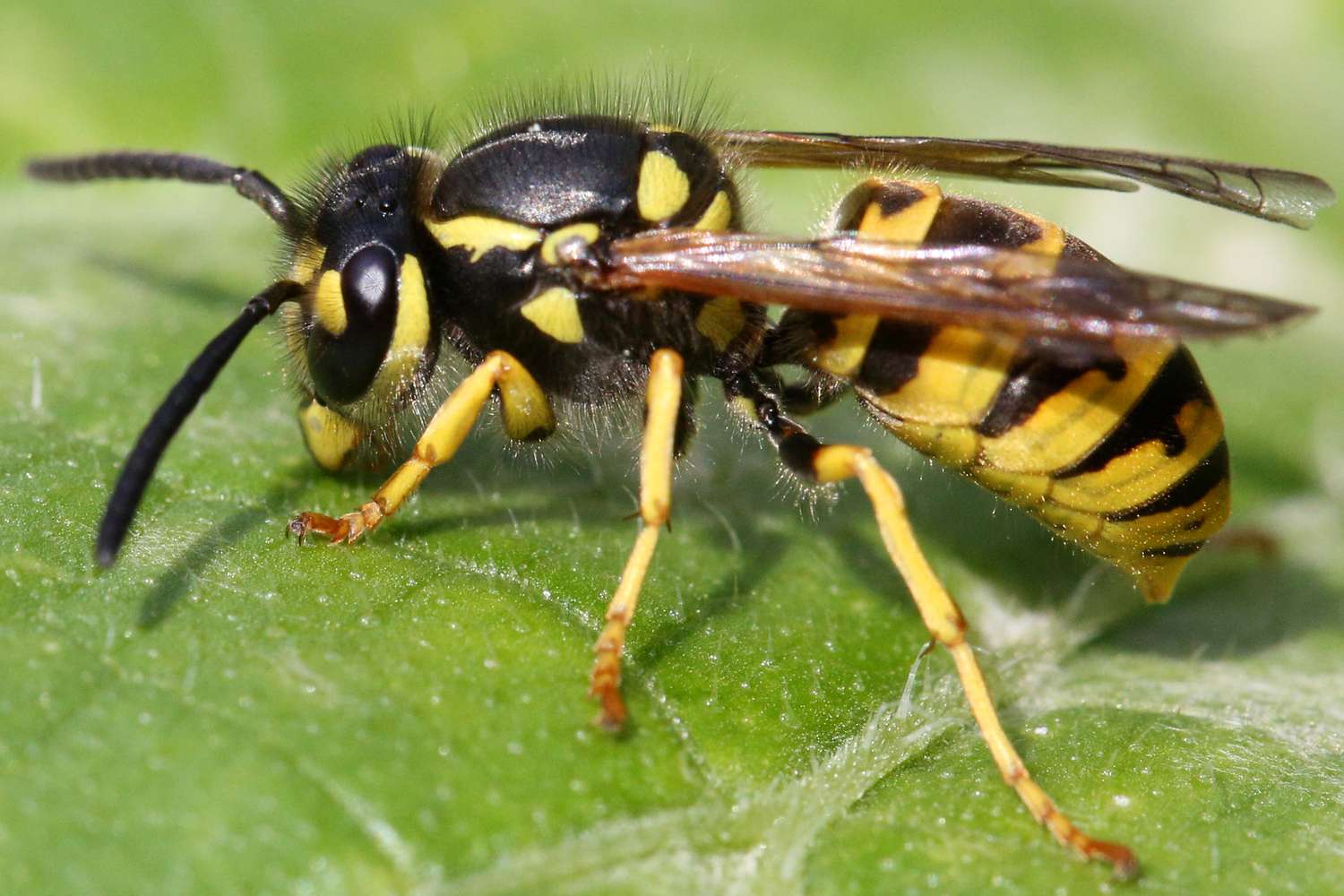
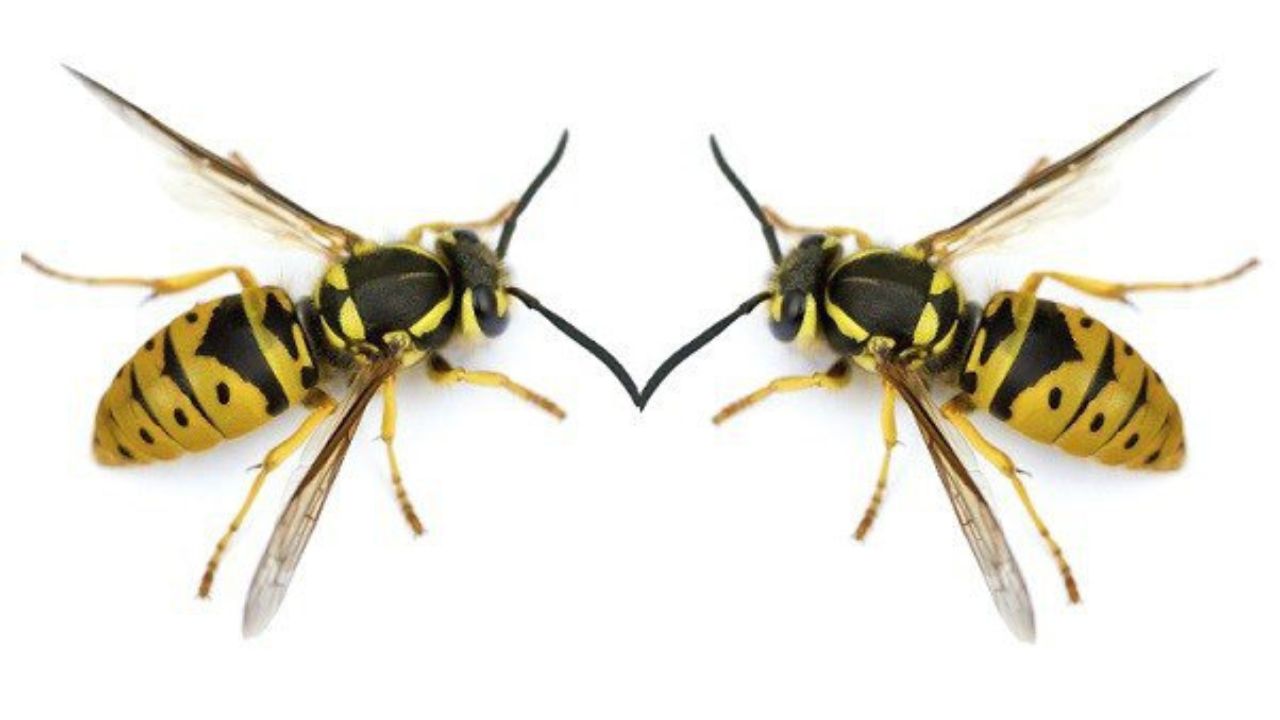
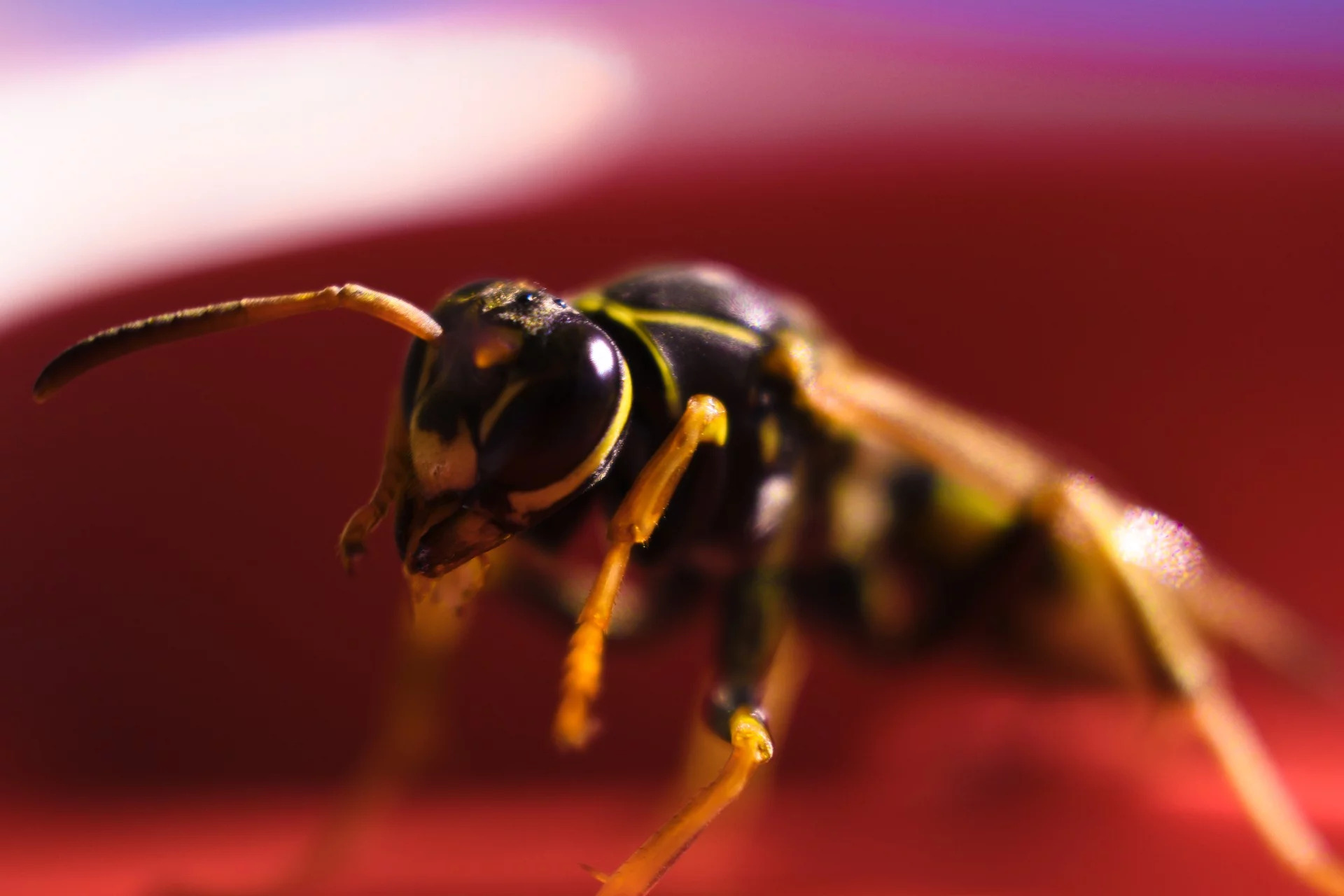
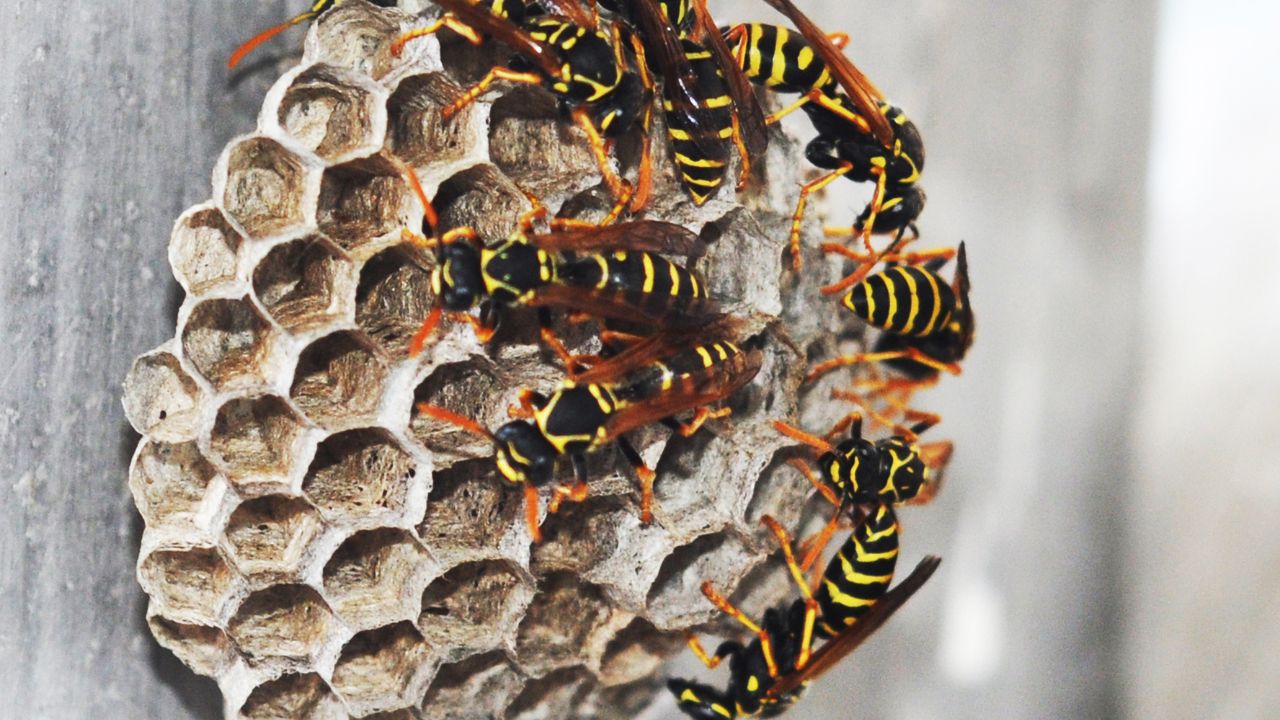
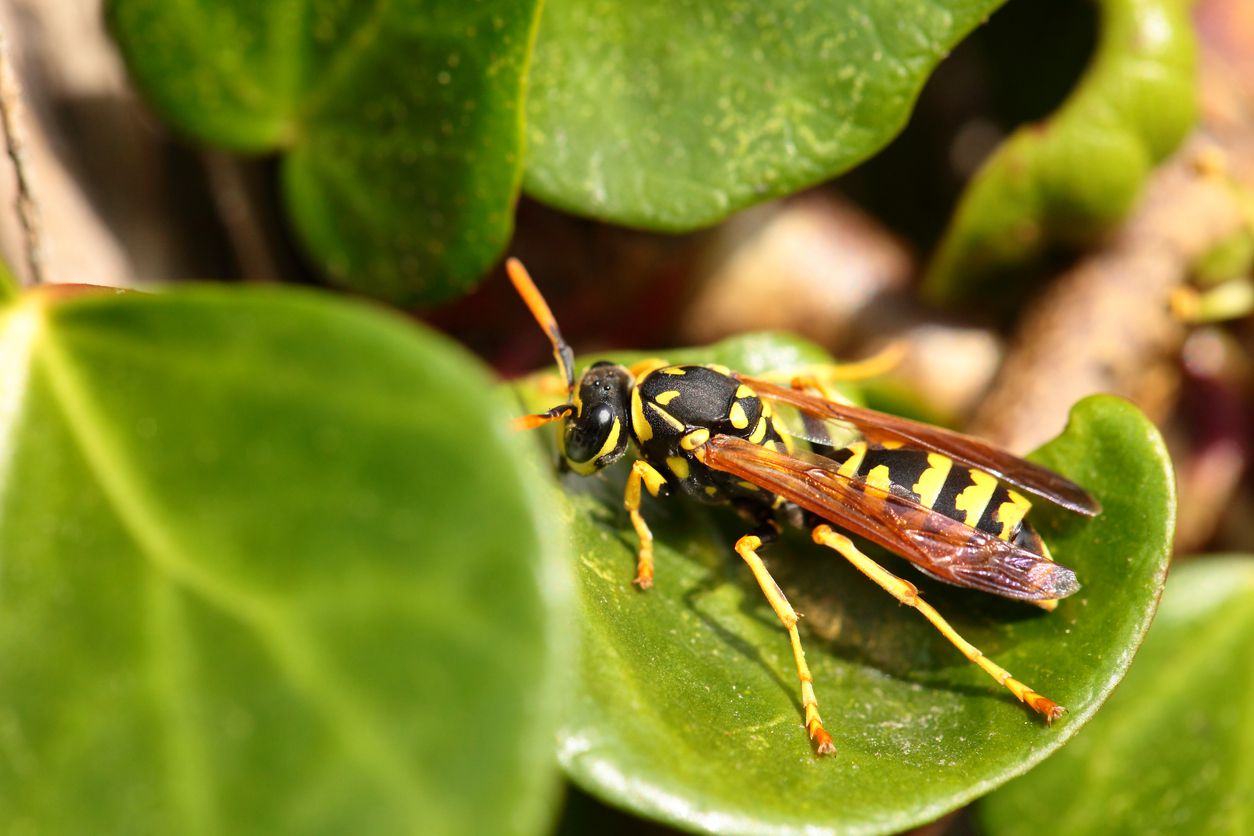
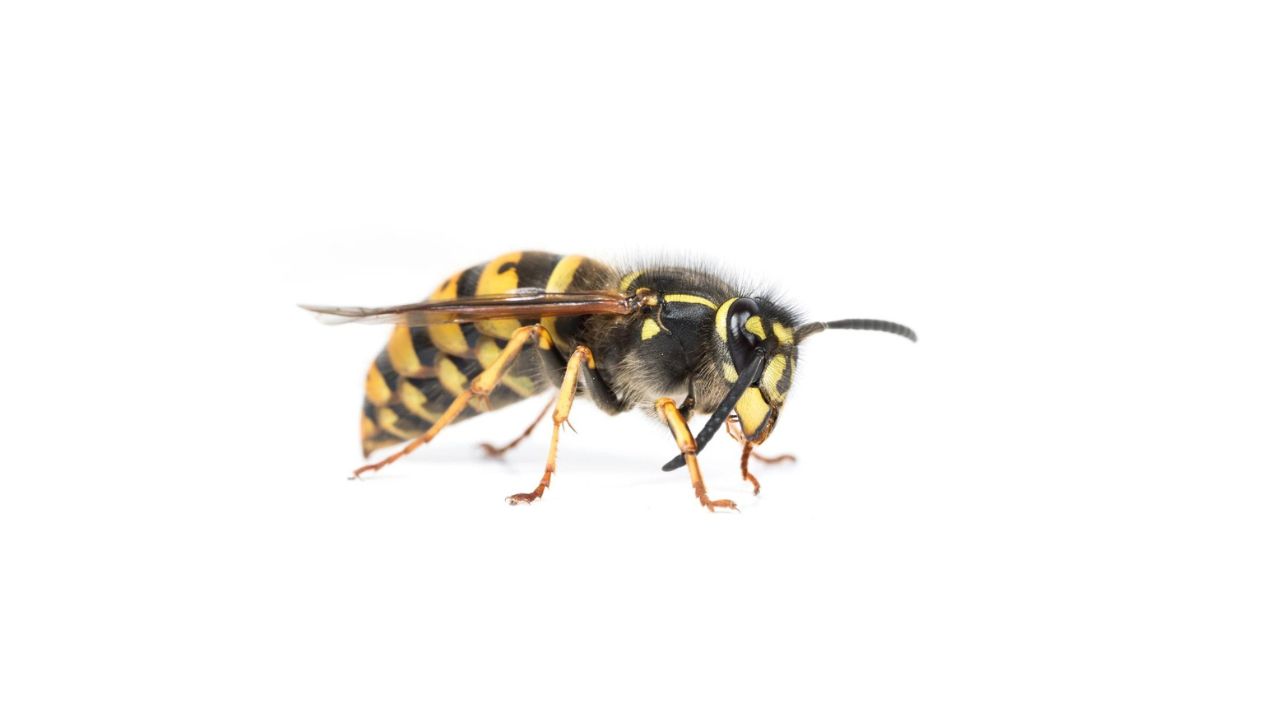
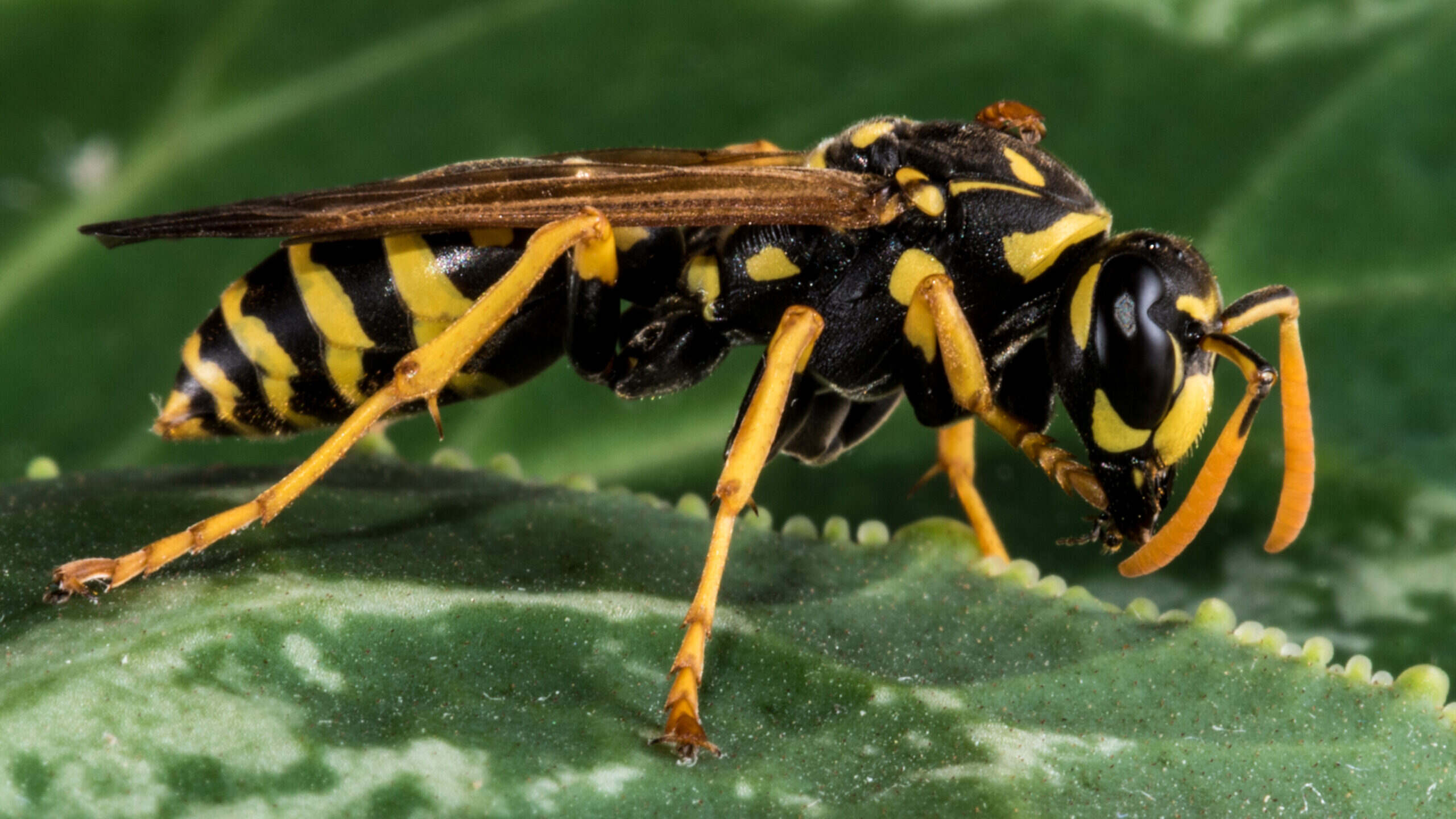
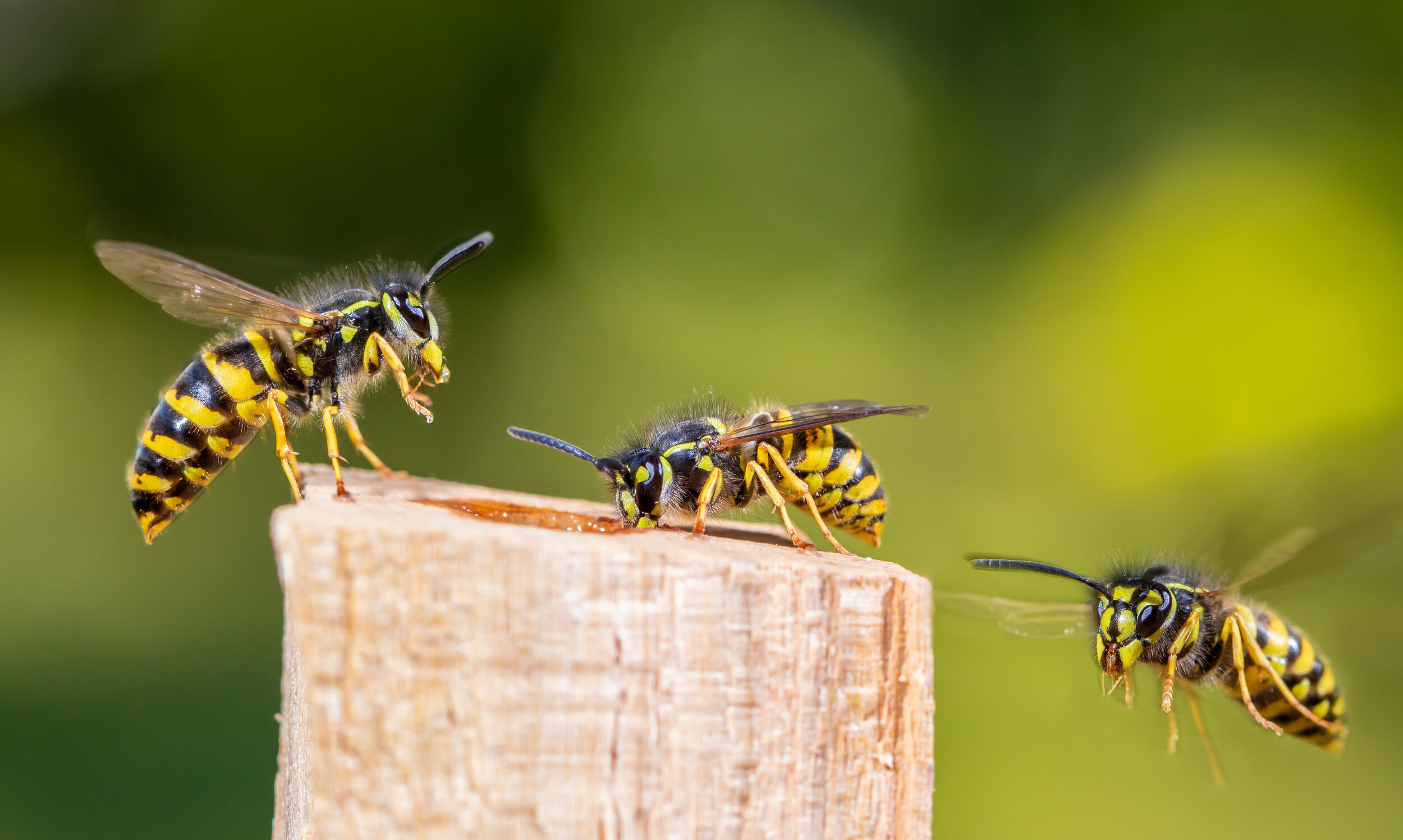
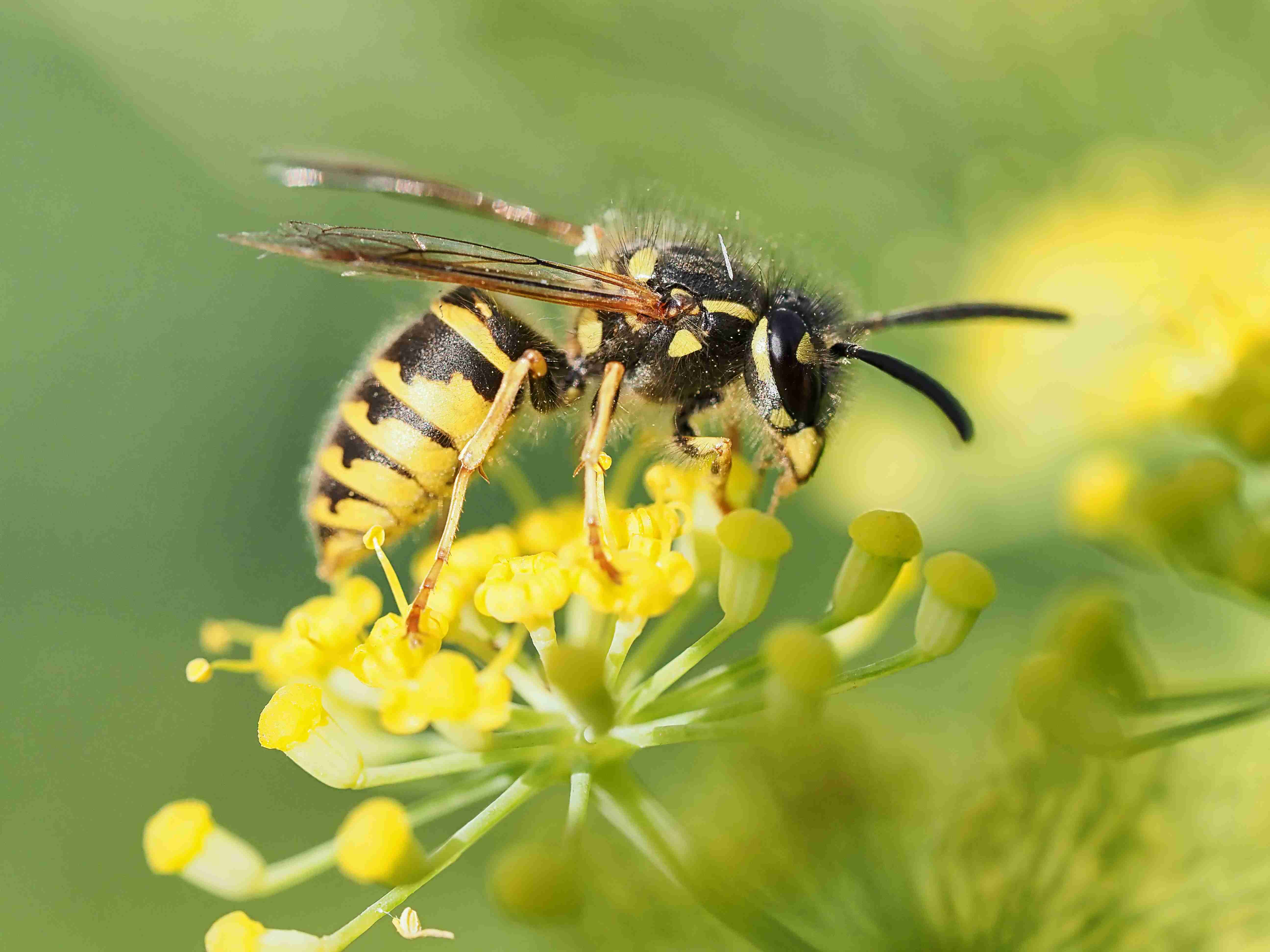
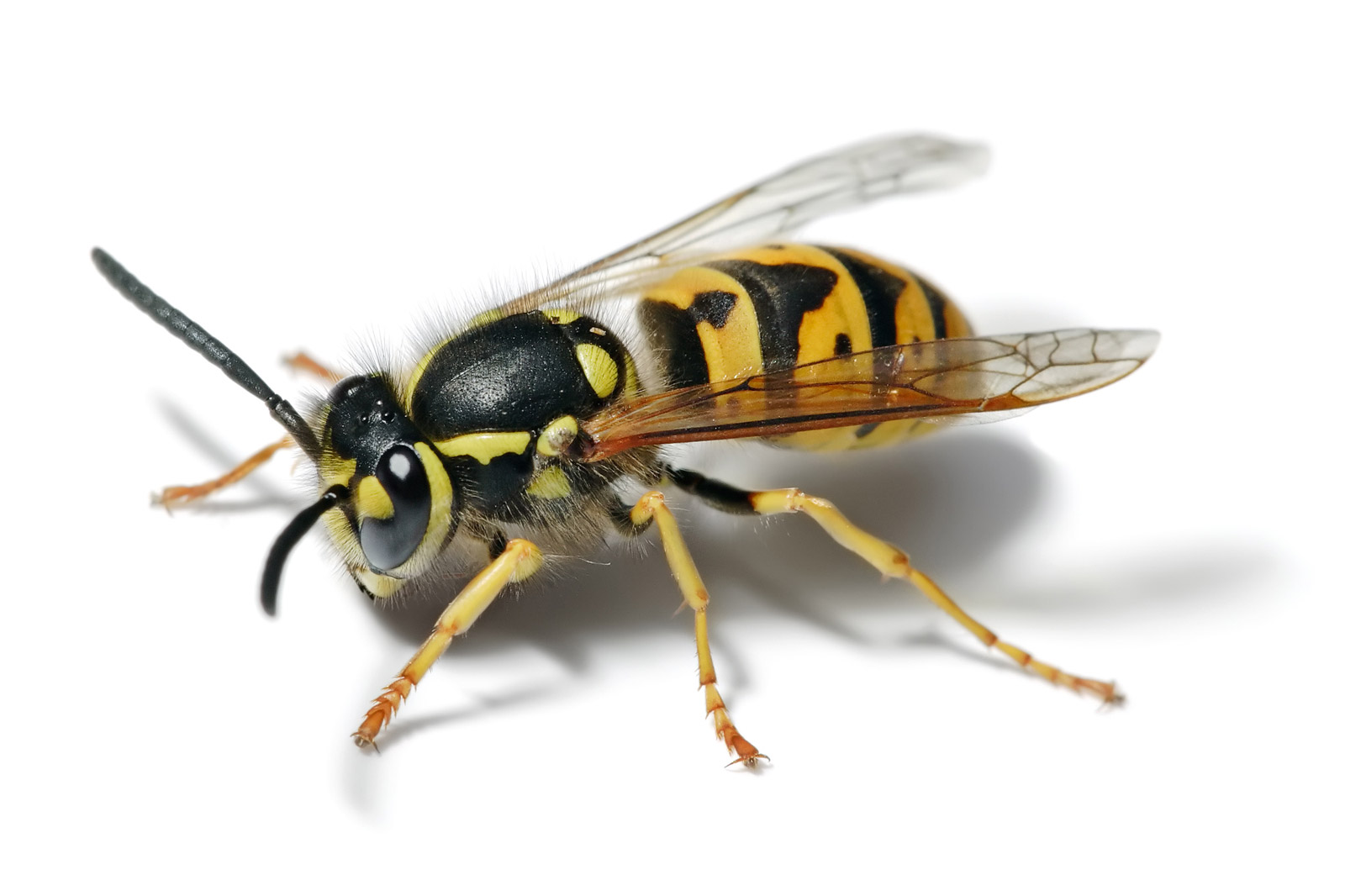
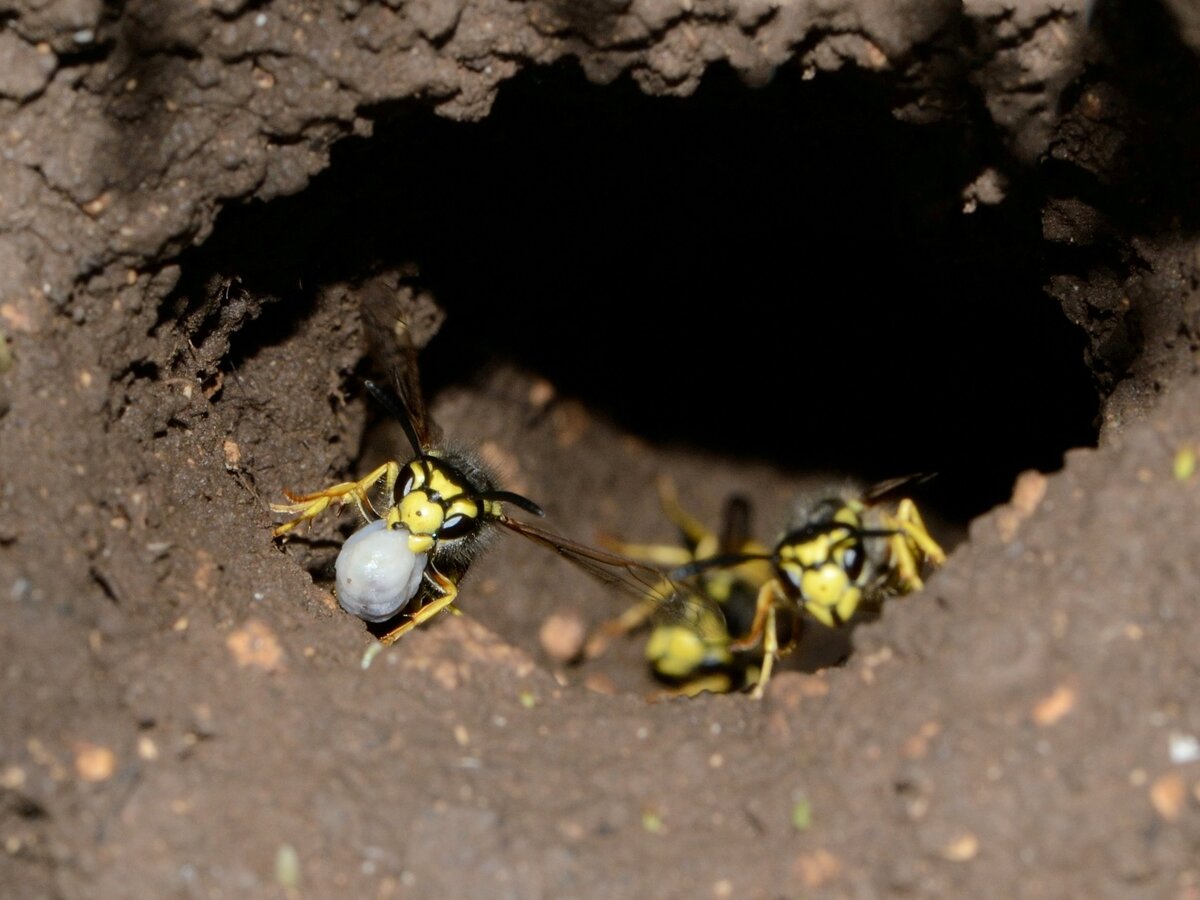
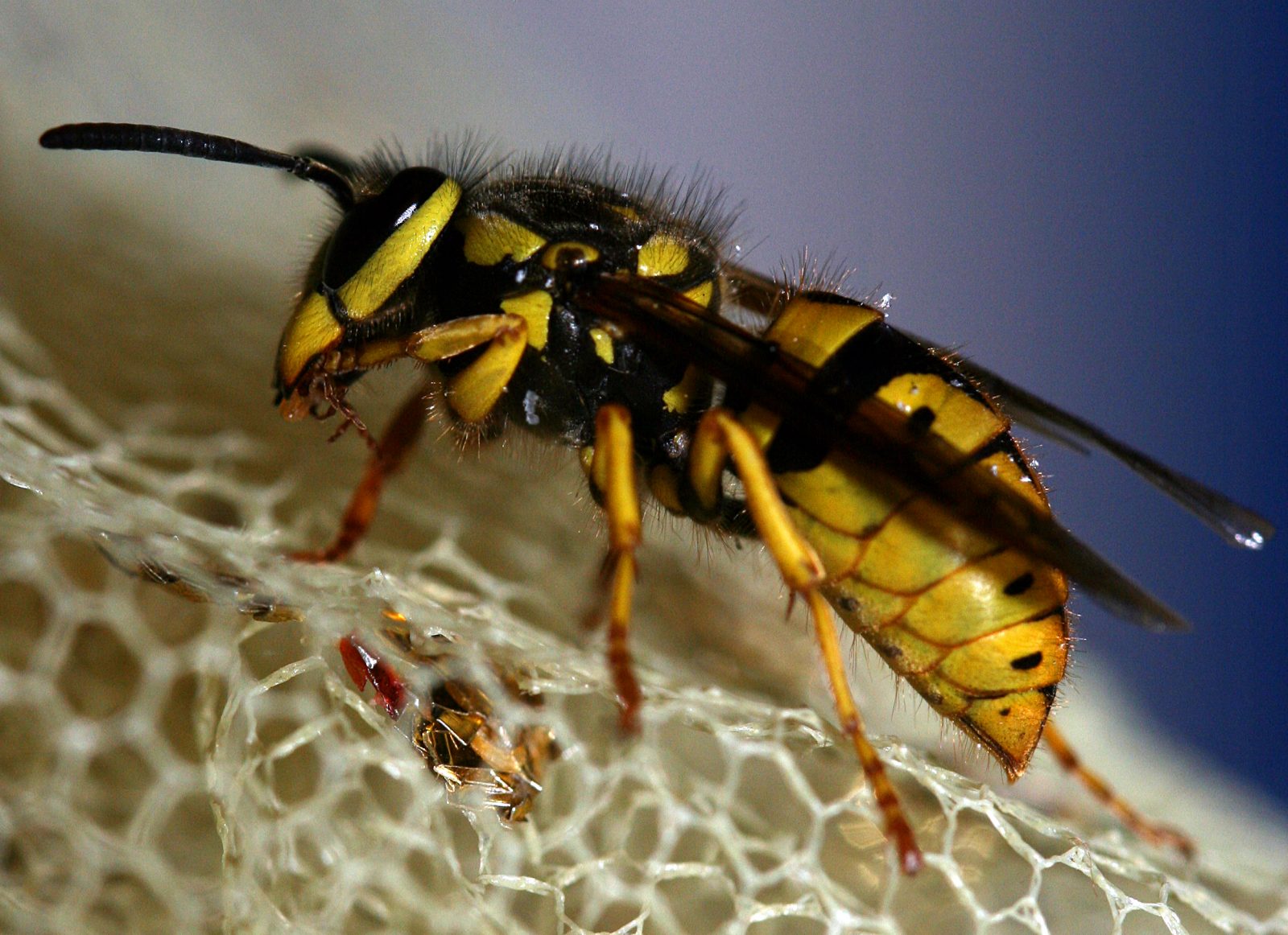
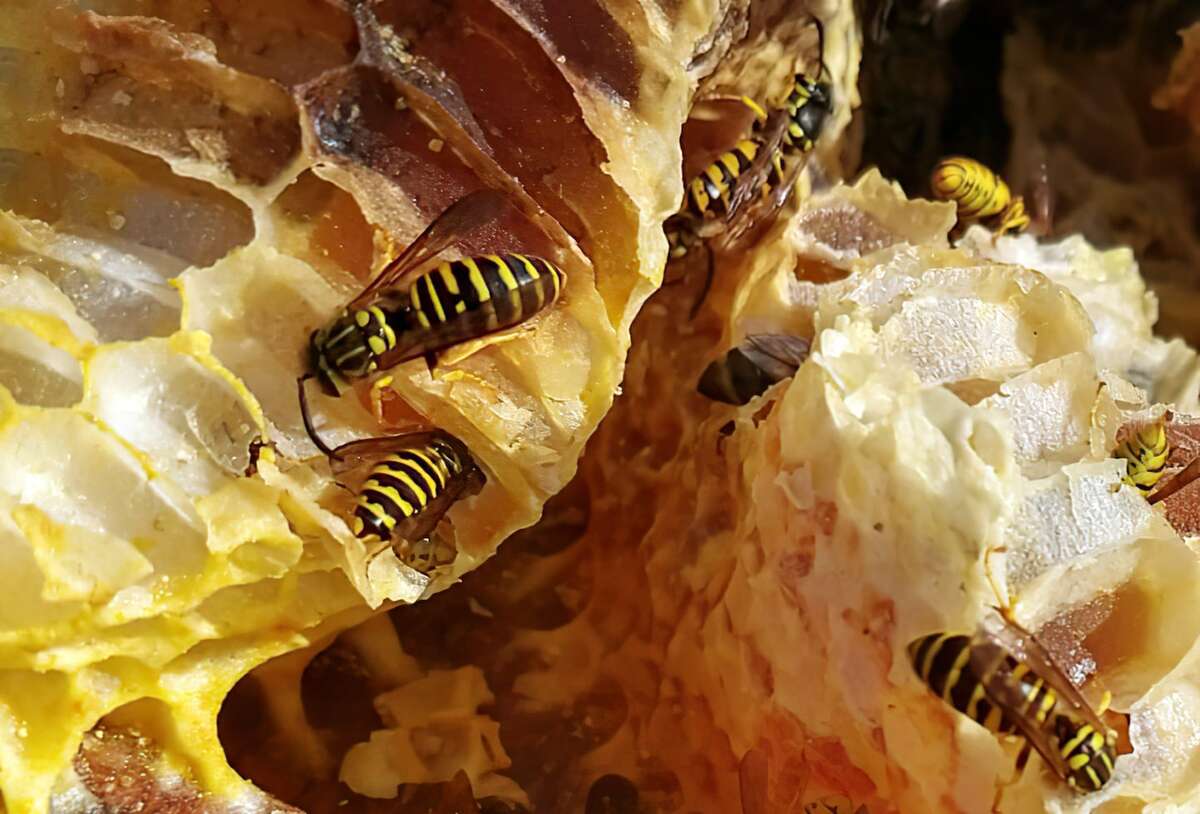
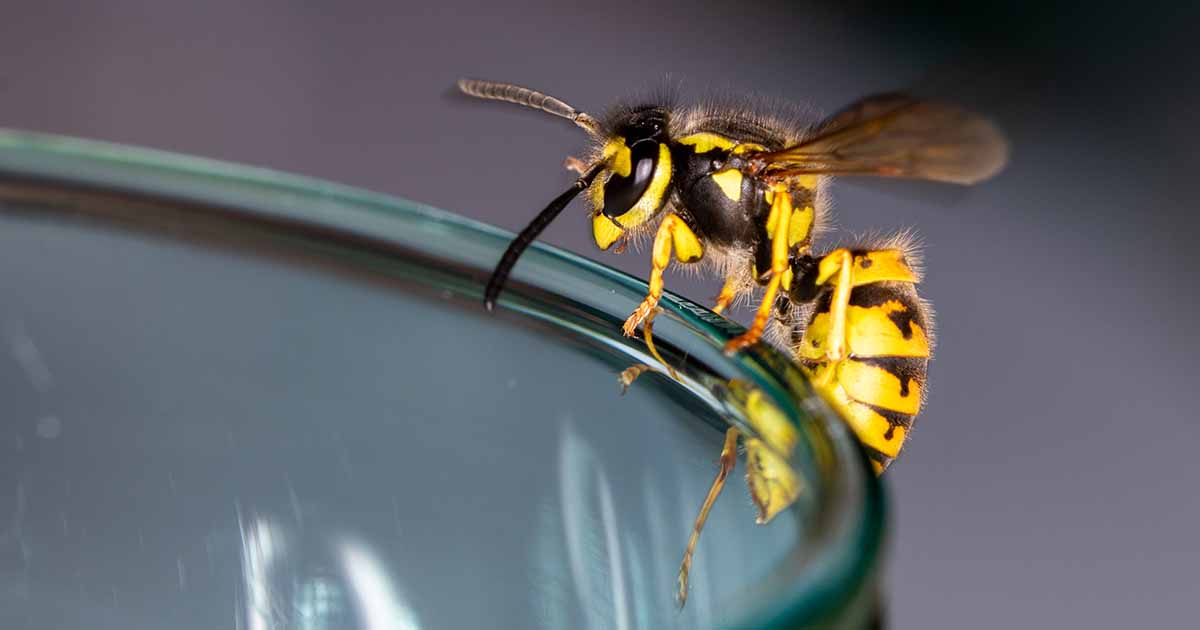

0 thoughts on “Do Yellow Jackets Release Pheromones When Killed”